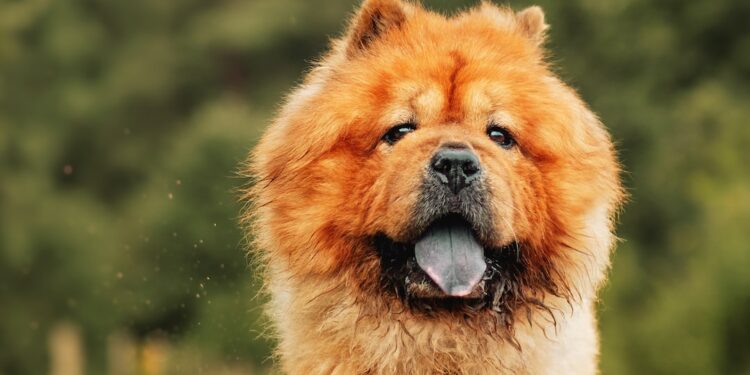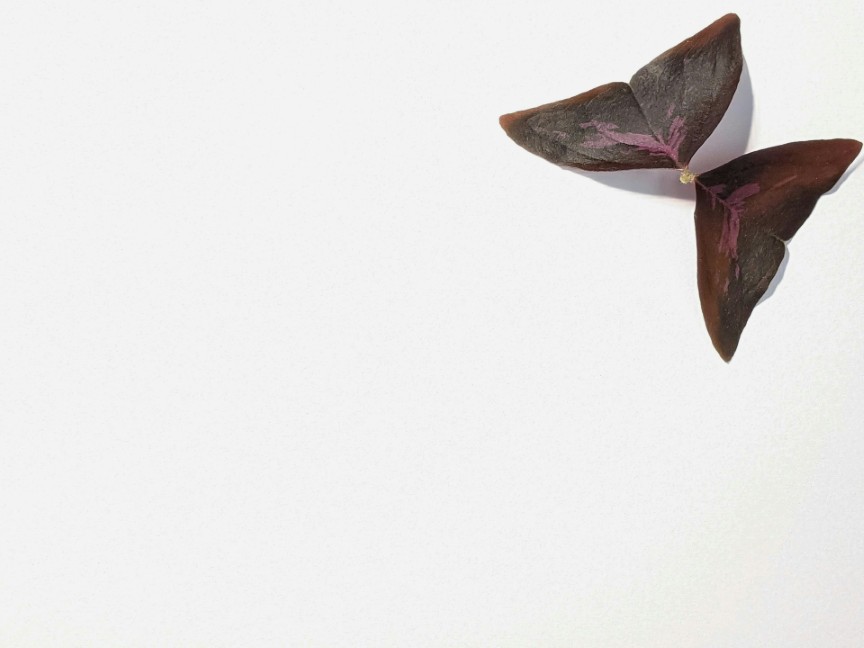How to Deal with Separation Anxiety in Pets: Helping Your Furry Friends Cope
Separation anxiety is not just limited to humans; our beloved pets can also experience it, especially dogs. When left alone, dogs may exhibit signs of distress, such as excessive barking, destructive behavior, and even self-harm. If you have a dog with separation anxiety, it is essential to address this issue to ensure their well-being. In this article, we will discuss some effective strategies to help your furry friend cope with separation anxiety.
One way to alleviate separation anxiety is by gradually accustoming your dog to your absence. Start with short periods of leaving them alone and gradually increase the duration. This helps them realize that being alone doesn’t always mean abandonment. Providing them with engaging toys or interactive puzzles can also keep their minds occupied and help distract them from feeling anxious.
Creating a safe and comfortable space for your pet is another way to ease separation anxiety. Designate a cozy area with their bedding, toys, and familiar scents. This will give them a sense of security even when you’re not around. Consider leaving an item of clothing that carries your scent as well; it can provide reassurance and make them feel more connected to you.
Additionally, modifying your departure and arrival routine can make a difference. Avoid excessive displays of emotion that might trigger anxiety in your pet. Keep your comings and goings low-key, as this establishes a relaxed atmosphere. By minimizing the emotional intensity surrounding departures and arrivals, you can help your furry friend stay calmer during these transitions.
Positive reinforcement training is an excellent tool for managing separation anxiety. Reward your dog’s calm behavior and gradual progress with treats, praise, or playtime. For severe cases, it may be beneficial to consult a professional dog trainer or behaviorist who specializes in separation anxiety. They can provide expert guidance and tailor a training plan according to your dog’s specific needs.
Now, let’s shift our focus to another topic slightly related to pets – the importance of maintaining their coats, specifically the undercoat. The dog undercoat, also known as the secondary hair layer, plays a crucial role in regulating body temperature. It provides insulation from extreme heat and cold, keeping dogs comfortable.
If your dog has a thick undercoat, regular grooming is essential. Neglecting the undercoat can lead to matting, which causes discomfort and increases the risk of skin problems. Brushing your dog’s coat once or twice a week with an appropriate undercoat brush helps remove loose hairs and prevents mats from forming.
Furthermore, during shedding seasons, such as spring and fall, dogs may experience excessive shedding as they naturally transition between coats. Proper grooming, including regular brushing and using tools like deshedding combs, can effectively manage shedding and assist in maintaining a healthy coat.
In conclusion, separation anxiety can take a toll on both pets and their owners. By practicing gradual training techniques, creating a comfortable environment, and seeking professional help if needed, you can support your dog in overcoming their anxiety. Remember, providing the necessary care and attention to your pet’s undercoat is equally important. Regular grooming and maintenance will not only benefit their overall health but also strengthen the bond between you and your furry friend.














